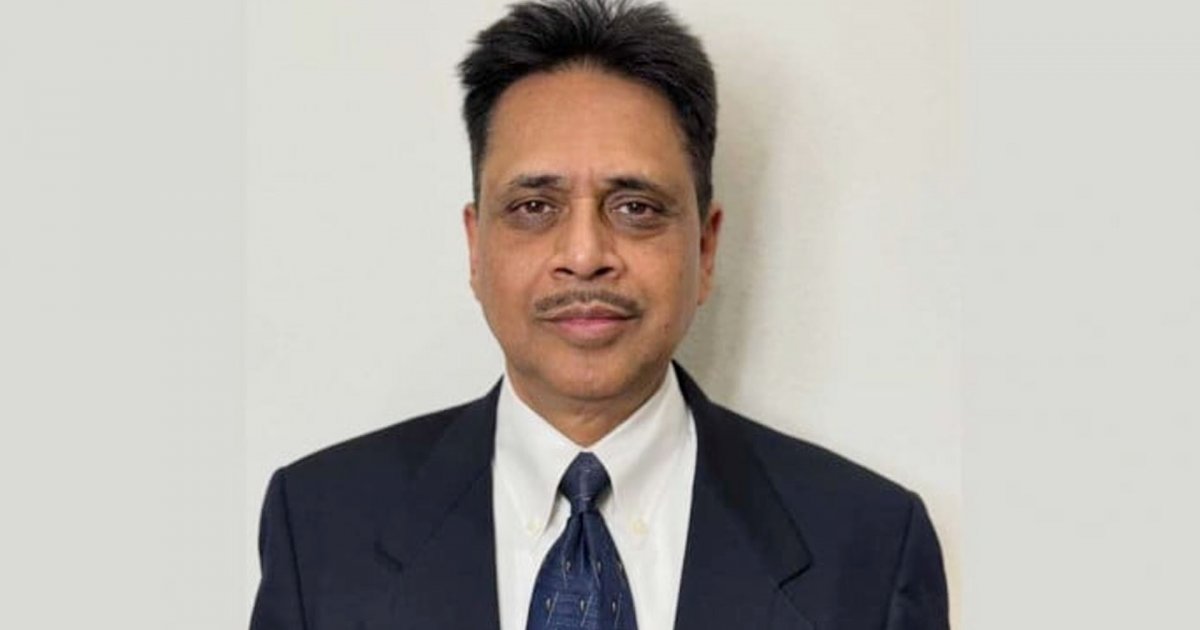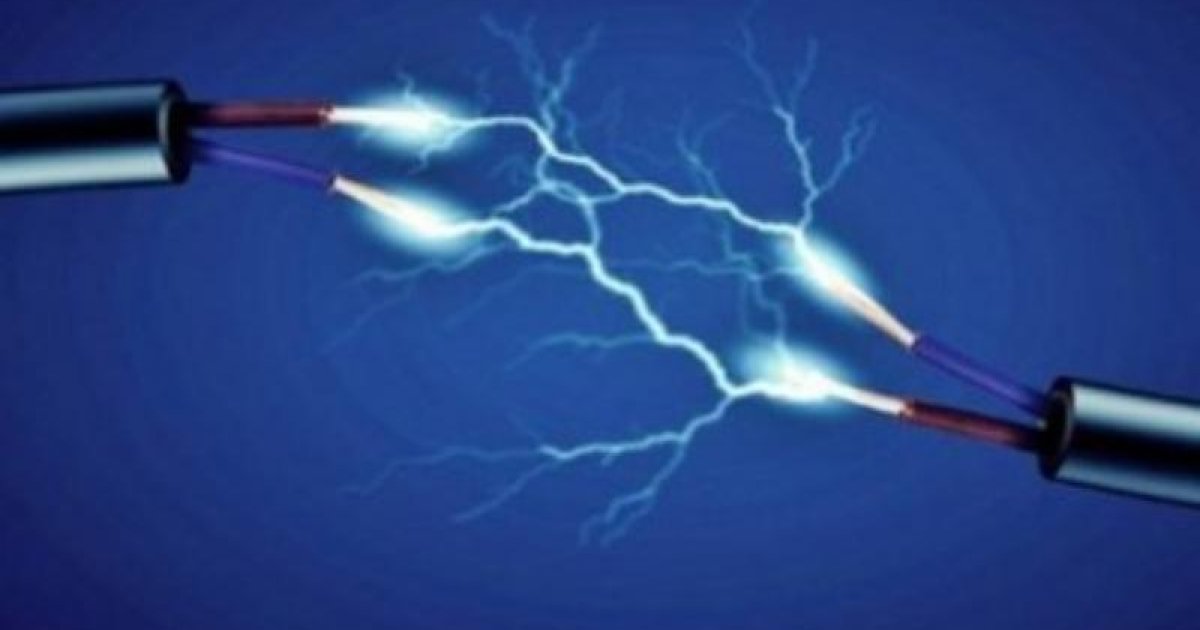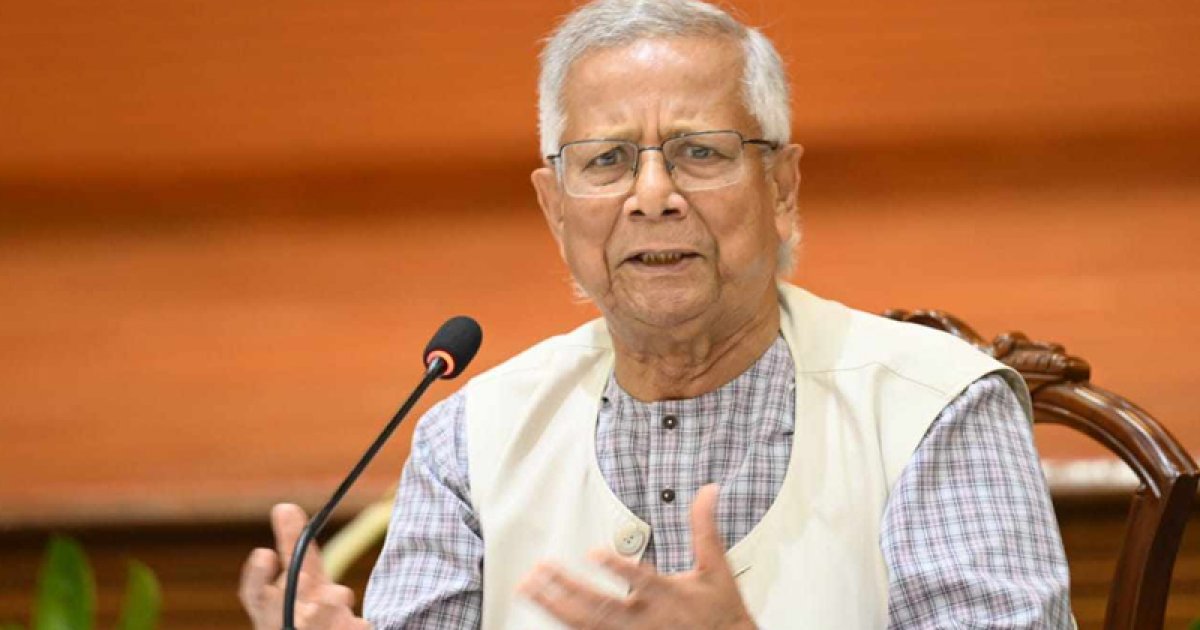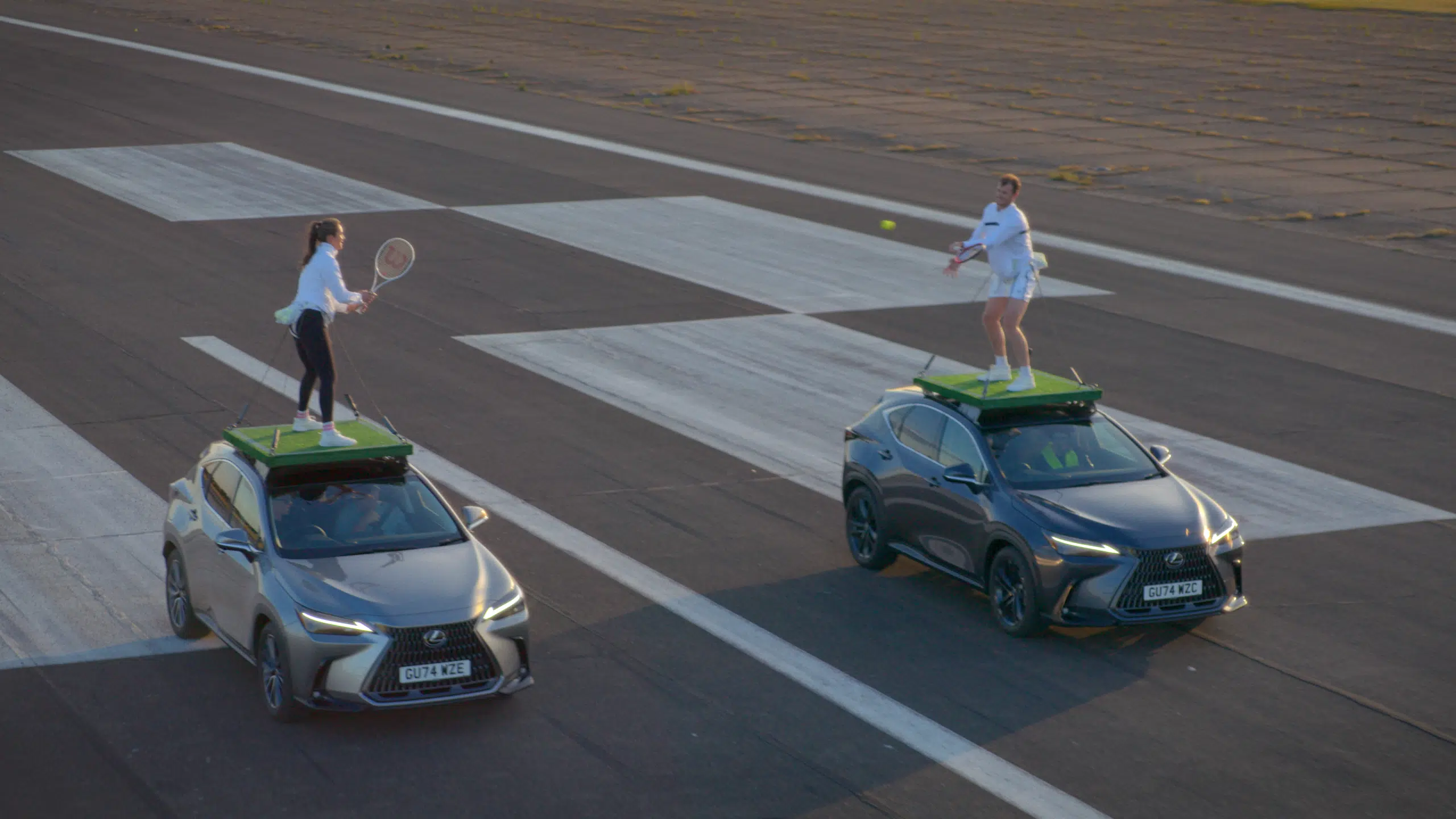Ripple CTO Explains Complex Bitcoin Block Timing Via Analogy
The post Ripple CTO Explains Complex Bitcoin Block Timing Via Analogy appeared on BitcoinEthereumNews.com. Ripple CTO David Schwartz recently tweeted about the time between Bitcoin blocks. He compared the technology to an analogy about two buses with varying passenger counts, concluding that averages depend on perspective. Schwartz recently started a debate on Twitter about content moderation and the government’s role in the same. Earlier today, Ripple’s Chief Technology Officer, David Schwartz, tweeted an analogy on the average amount of time between bitcoin blocks, which stands at ten minutes. However, he stated that at any given moment, there’s an average wait of ten minutes until the next block. While this seems paradoxical, Schwartz insisted that there can be both an average block every ten minutes and a ten-minute wait until the next block. I’m sure you’ve heard that the average amount of time between bitcoin blocks is ten minutes. But it’s also true that any particular time, there is on average ten minutes until the next block. It seems impossible that there can both be on average both a block every ten minutes and… — David “JoelKatz” Schwartz (@JoelKatz) October 20, 2023 To explain this, he takes the help of an example of two buses, with two and ten passengers in each, respectively. He noted that the average of passengers on each bus would differ depending on the perspective of the driver or passenger of a specific bus. He suggested, Well, if you ask the drivers, one driver will say two, and one driver will say ten. The average is six. We have averaged over buses and counted each bus equally. But if you ask the passengers, ten will say ten, and two will say two. The average is almost nine. We have averaged over passengers and counted each passenger equally. Concluding his argument, he settled that averaging block times or passenger waits can yield…

The post Ripple CTO Explains Complex Bitcoin Block Timing Via Analogy appeared on BitcoinEthereumNews.com.
Ripple CTO David Schwartz recently tweeted about the time between Bitcoin blocks. He compared the technology to an analogy about two buses with varying passenger counts, concluding that averages depend on perspective. Schwartz recently started a debate on Twitter about content moderation and the government’s role in the same. Earlier today, Ripple’s Chief Technology Officer, David Schwartz, tweeted an analogy on the average amount of time between bitcoin blocks, which stands at ten minutes. However, he stated that at any given moment, there’s an average wait of ten minutes until the next block. While this seems paradoxical, Schwartz insisted that there can be both an average block every ten minutes and a ten-minute wait until the next block. I’m sure you’ve heard that the average amount of time between bitcoin blocks is ten minutes. But it’s also true that any particular time, there is on average ten minutes until the next block. It seems impossible that there can both be on average both a block every ten minutes and… — David “JoelKatz” Schwartz (@JoelKatz) October 20, 2023 To explain this, he takes the help of an example of two buses, with two and ten passengers in each, respectively. He noted that the average of passengers on each bus would differ depending on the perspective of the driver or passenger of a specific bus. He suggested, Well, if you ask the drivers, one driver will say two, and one driver will say ten. The average is six. We have averaged over buses and counted each bus equally. But if you ask the passengers, ten will say ten, and two will say two. The average is almost nine. We have averaged over passengers and counted each passenger equally. Concluding his argument, he settled that averaging block times or passenger waits can yield…
What's Your Reaction?











































